Learn
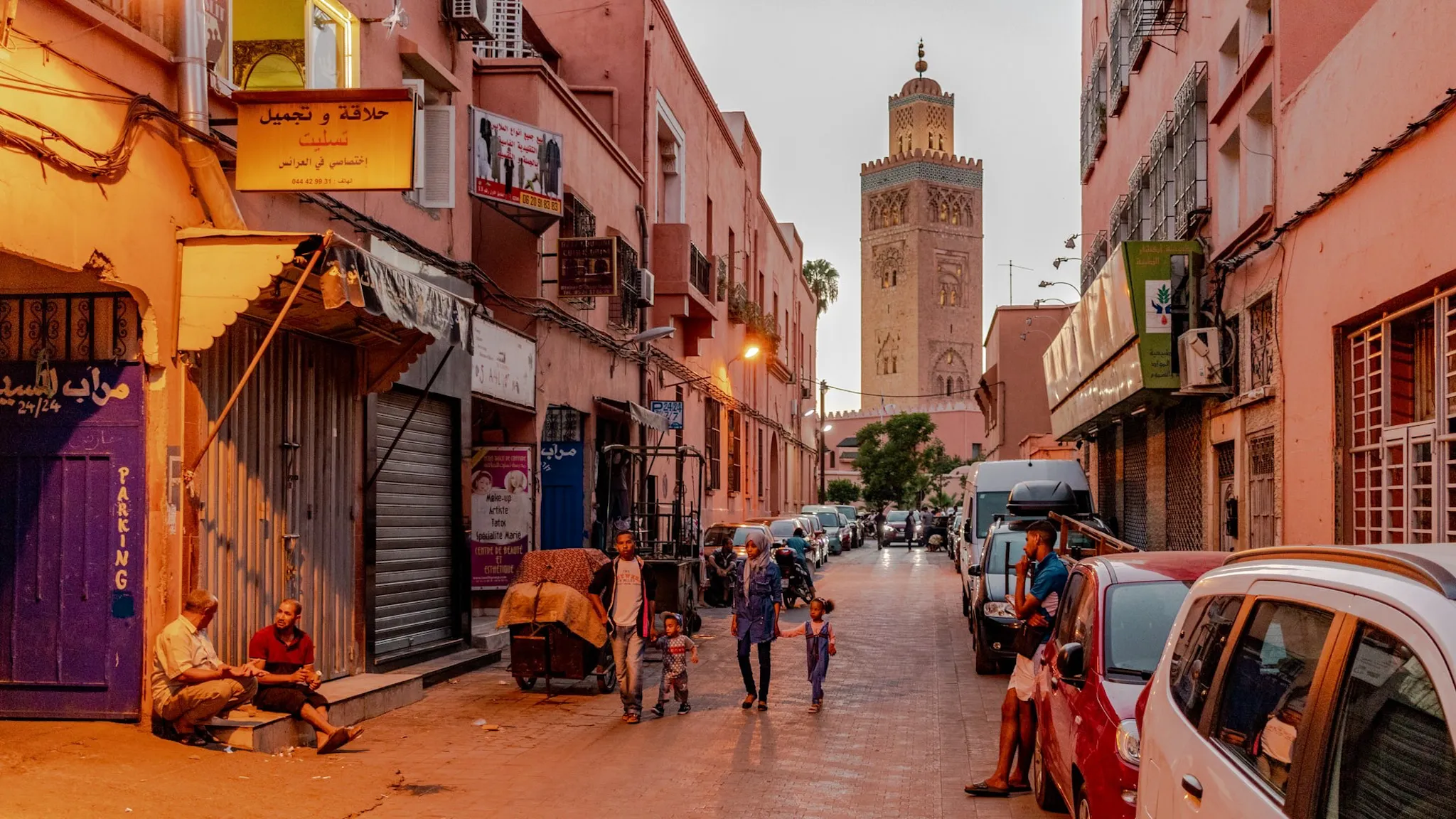
Morocco
Morocco challenges stereotypes of African poverty, boasting a $122 billion wealth and the region’s second-highest number of millionaires. The country, recognized as the most competitive economy in North Africa, thrives on tourism, attracting nearly 13 million visitors in 2019. Strategic investments since the 1970s transformed Morocco into a diverse destination, featuring cultural sites, scenic landscapes, and even the highest ski resort in North Africa. Economic prosperity extends to telecom, textiles, and agriculture, employing 40-45% of the population. Dispelling misconceptions, Morocco exemplifies a thriving nation, making economic progress and offering a quality of life that defies conventional African stereotypes.
Ethiopia
Ethiopia, Africa’s second most populous country, experiences rapid economic growth with over 5,000 millionaires. Addis Ababa showcases this growth through tall buildings and luxury amenities. Government-led privatization efforts since the early 2000s foster a market economy, encouraging youth entrepreneurship. While some sectors remain government-controlled, Ethiopia anticipates significant revenues, attracting foreign investment from European companies. The flourishing tourism industry, featuring attractions like the Kingdom of Aksum and the Danakil Depression, challenges stereotypes. Ethiopia’s harmonious coexistence among various religions contributes to its rapid development, debunking misconceptions. In essence, Ethiopia is a dynamic nation with a thriving economy, modern urban landscapes, and diverse cultural treasures.
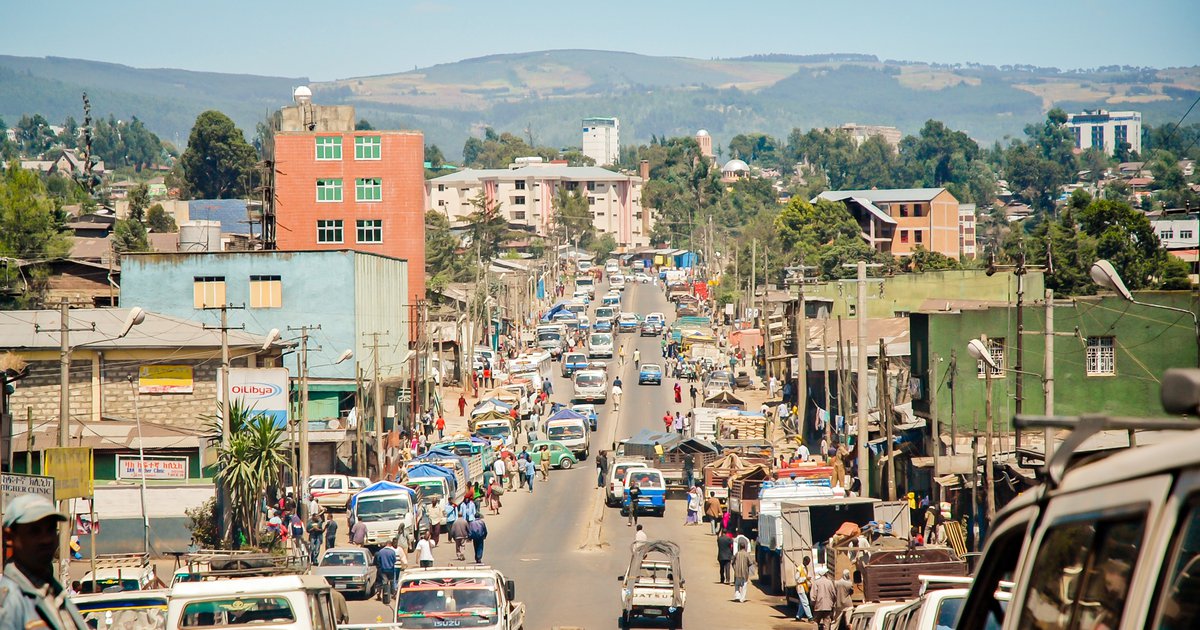
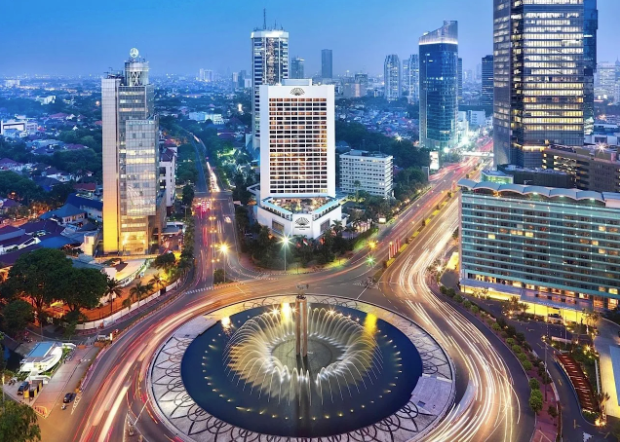
Nigeria
Nigeria, Africa’s largest economy ranked 27th globally, thrives with Lagos as its financial hub and the continent’s largest seaport. The nation’s economic strength, measured by Purchasing Power Parity (PPP), tripled from $170 billion in 2000 to $446 billion in 2019. Revenue sources include oil (two-thirds of state revenues) and tourism (34% of GDP, around one billion dollars). Nigeria boasts attractions like stunning waterfalls, a rich butterfly diversity, and vibrant music festivals. Nollywood, the world’s second-largest movie industry, outpaces Hollywood in annual production. In sports, Nigeria excels in soccer, with notable achievements in both men’s and women’s teams. Beyond oil, diverse sectors contribute to Nigeria’s economic vibrancy and global standing.
Kenya
Kenya, East Africa’s most developed nation, anticipates a 100 billion USD GDP by 2022, driven by a 5.7% growth rate. Success in tourism, education, telecommunication, and agriculture is bolstered by government initiatives focusing on economic growth, healthcare, housing, and food security under the Vision 2030 plan. With a 10% growth target in key sectors, social welfare programs and democratic governance are prioritized. Kenya’s commitment to eco-tourism, expected to contribute 10.3% to GDP by 2025, supports sustainable practices and job creation, sustaining a major portion of its economy through foreign earnings. Notable eco-tourism sites, like Crocodile Island and Lake Nakuru, thrive with the government’s emphasis on preserving the environment.
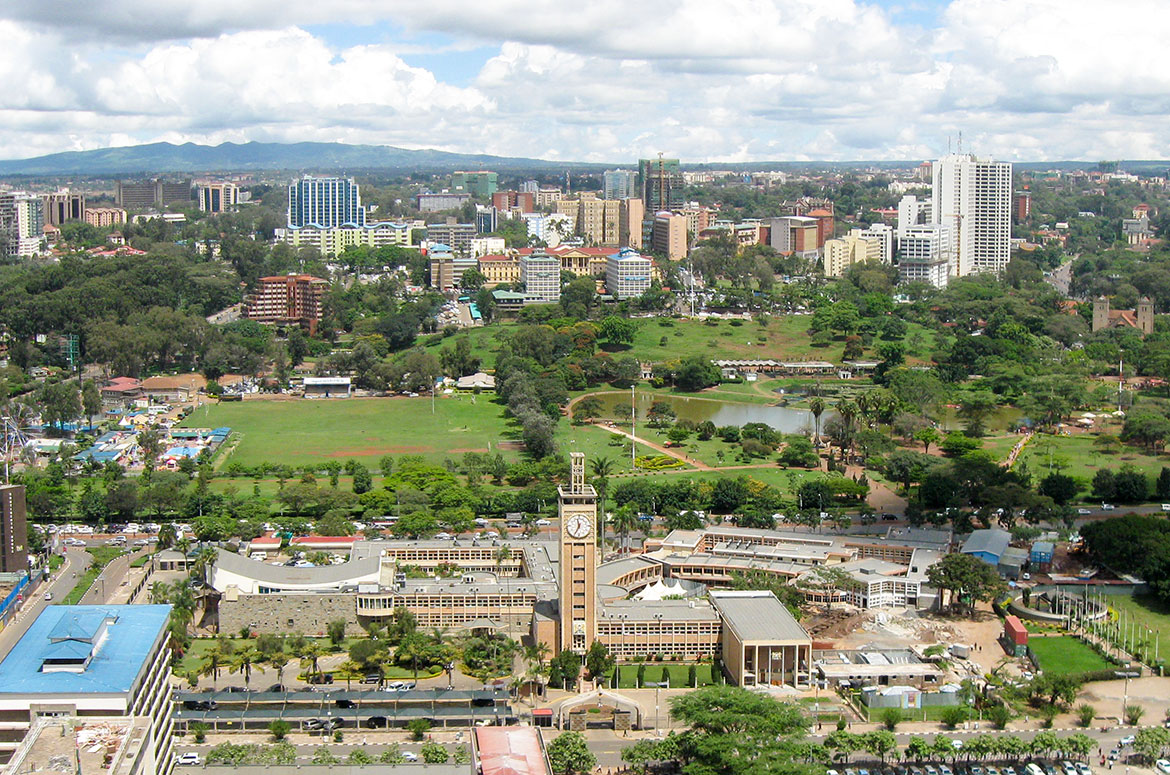
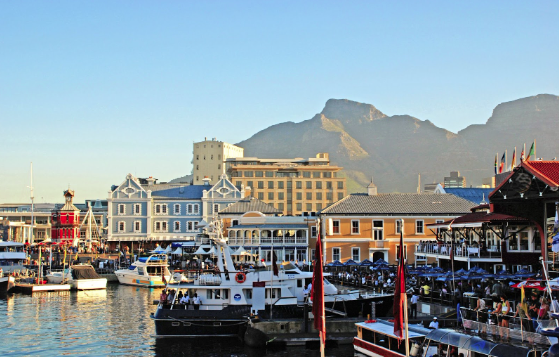
South Africa
South Africa, Africa’s most industrialized nation, boasts a thriving economy with a GDP of 400 billion dollars. Noteworthy for its robust banking sector, increased foreign exchange reserves, and a 1.7% growth rate in 2020, the country’s government initiatives, including the 1996 five-year plan and the Black Economic Empowerment program, have laid a strong foundation for progress. As a popular tourist destination, South Africa emphasizes ecotourism for job creation and biodiversity protection, with attractions like Boulders Beach and Sun City Resort. The nation’s rich cultural heritage, marked by the victory against Apartheid and Constitution Hill, signifies harmonious coexistence and equal rights.
Egypt
Egypt, a captivating destination with a large economy and rich history, transformed to a market-oriented economy in 2000, leading to impressive annual GDP growth rates, reaching 5.6% in 2019. Cairo has become a key commerce center, boasting a GDP of 355.6 billion dollars and a PPP of 1.927 trillion. Tourism, contributing 14.4% of foreign currency revenues and 11% of GDP, is a vital income source. With top-ranking attractions, including Nile River cruises, Sharm El Sheikh resort, and the iconic pyramids, Egypt’s tourism sector generated $12.6 billion in 2019. The Great Pyramid, Khufu, dating back to 2600 BC, attracts millions of visitors annually. Ancient Egyptian lifestyles influence modern-day Egyptians who continue to enjoy life’s pleasures, debunking stereotypes of hardship prevalent in other parts of Africa.
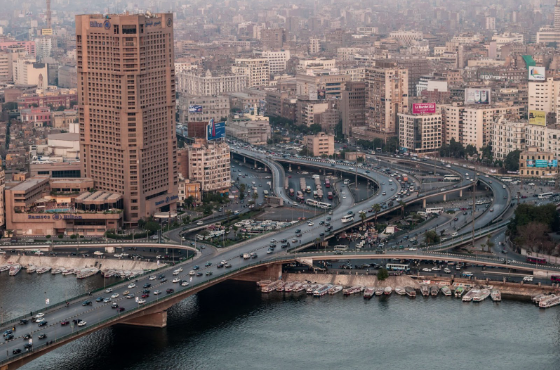

Tanzania
Tanzania, driven by mining and energy sectors, experiences rapid growth, notably in its capital, Dar es Salaam. The nation aims to transition to a middle-income status by 2025. Despite economic disparities between cities and remote areas, a focus on responsible tourism preserves Tanzania’s rich wildlife. Impacted by COVID-19, the country plans to boost tourism, anticipating a GDP rebound to 5.8% in 2022. Tanzania’s commitment to wildlife conservation and sustainable tourism practices remains a key feature amid economic development.
